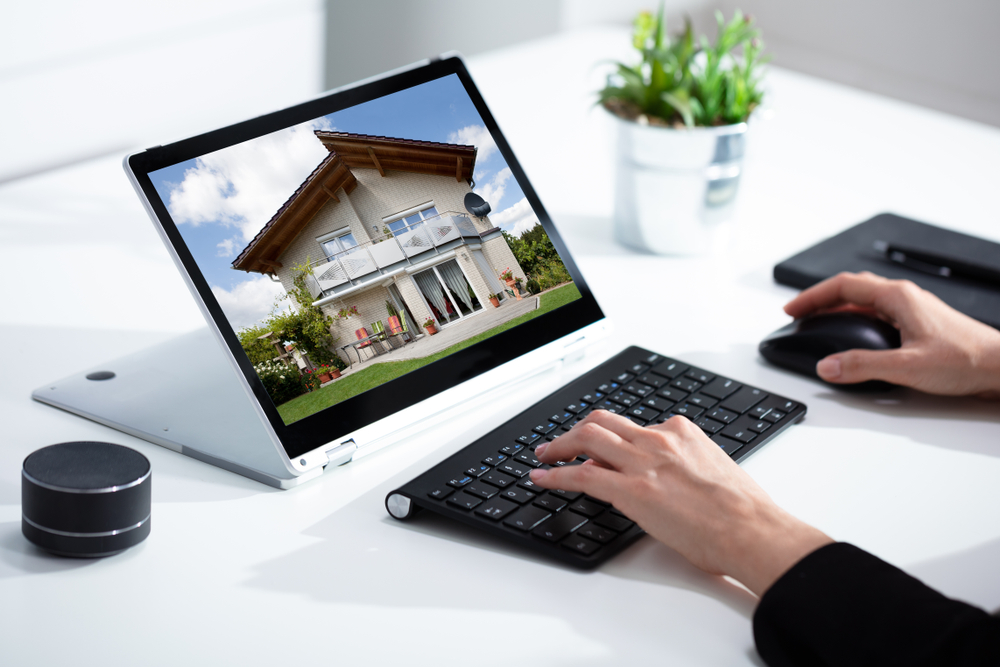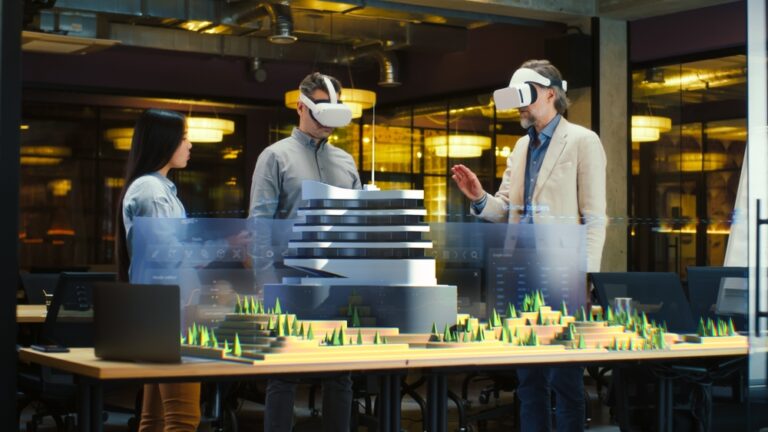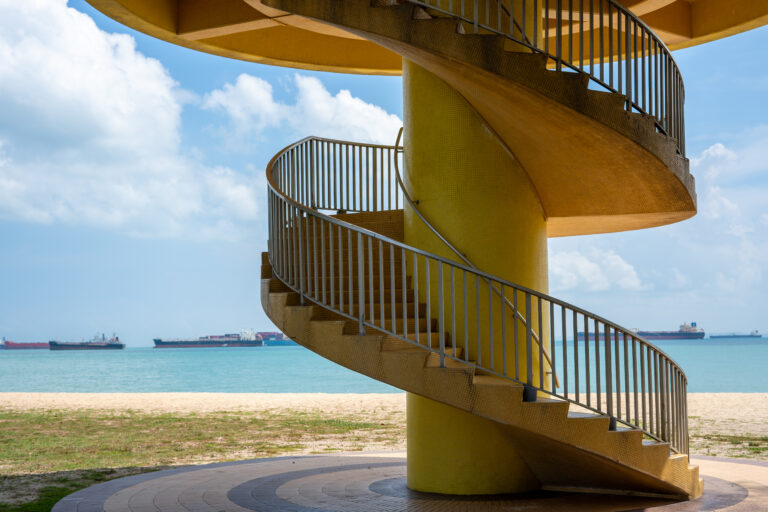Construction takes on 3D printing
The technological advancement unveils more opportunities for creation

The potential of technology has no limits, and multiple industries are finding multiple ways to further develop it for the benefit of improving the market. 3D printing is an example of this technological advancement, as reported by innovation newsletter Revolutionized. Architecture has been making use of 3D printing in ways architects from years ago would not have fathomed.
Architecture firms have found multiple ways of utilising 3D printing technology, from creating custom building materials to signature unique pieces. These firms have also used this technology to devise concept models faster and inexpensive,and aid in prefabrication by helping manufacturers better understand what they are aiming for. In the larger scale, actual 3D printed buildings can be built faster and more cost-effectively.
More: Reducing carbon footprint together one step at a time
Some homeowners are even looking into having a 3D printed home constructed rather than purchasing an already existing home, shared 3D printing experts Cobod. This way, they can focus on building a strong basic structure with more time and cost-efficient means.
There are four simple steps to the creation of a 3D printed home:
- Use a computer-augmented design software to craft a blueprint to follow.
- Gather the material, both 3D printer and additional equipment, onsite to start off the actual labour process.
- Print layers for the walls according to the design.
- Once the basic structure is complete, there would be the additional installations of doors, windows, electrical and plumbing systems, and other home necessities.
According to architectural publishing platform ParametricArchitecture, more and more companies have been exploring the concept of 3D homes due to the advancements of the 3D printer. It can now create housing layers and different textures that accommodate different climates and weather all while remaining more cost- and time-efficient than traditional construction.
The Property Report editors wrote this article. For more information, email: [email protected].
Recommended
Why everyone is moving to Selangor and Johor: Malaysia’s real estate comeback
Malaysia’s upturn in fortunes is especially prevalent in secondary destinations such as Selangor and Johor
Penang’s silicon boom: How the US-China tech war is supercharging local real estate
Penang’s booming semiconductor industry has created ripples within the local real estate sector
ARES White Paper Volume 2: Unravelling the power of data revolution in real estate
Insights on proptech, smart cities, and sustainable development
ARES Digital White Paper Volume 1 tackles the fundamentals of responsible building
Green and climate heroes join forces to discuss how Asia Pacific can weather the current environmental crises and the looming effects of climate change







